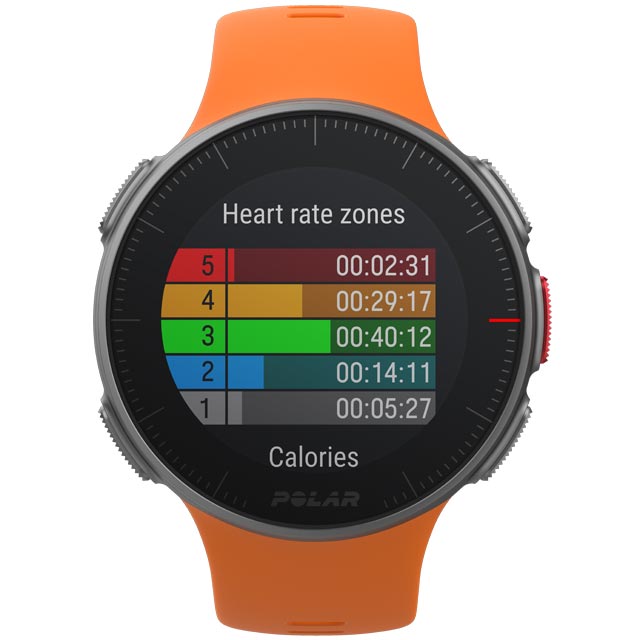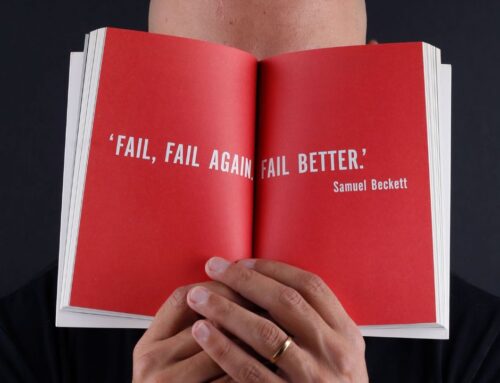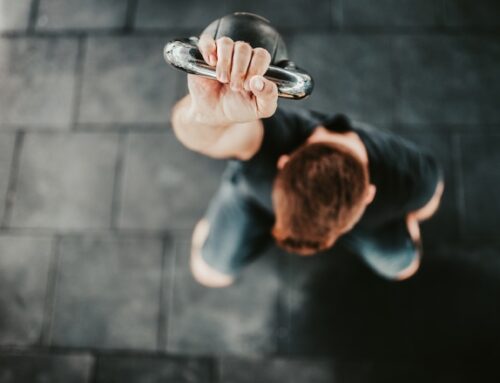When it comes to intensity, and gauging intensity there is no more accurate or reliable way than by using a Heart Rate (HR) monitor. In the 80s these had started coming about within sports to help structure an athletes training to improve their sports performance. Back then HR monitors were the leading tech and at the time, fairly expensive. Now, HR is very affordable and no less reliable or accurate than it first started out.
When we train and our pulse rises, things in our blood start to behave differently and move about differently. This is largely because the demand for things in our blood (nutrients and oxygen) are required at different rates for different jobs. Increasing the HR is obviously good for circulation. This is good because oxygenated nutrient rich blood can be circulated easier, and any waste that has built up in the lymphatic drainage system can be effectively flushed out. This process yields gains in health, wellbeing and sports performance.
Many people who start out on a fitness journey fall short sometimes because they do too much of the same thing. The very way that too much of a particular food item, regardless of it’s health benefits can become unhealthy, it’s the same for your training.
For example, when you do an exercise or movement which is new to your body, your HR elevates to ensure there is sufficient energy and oxygen available to make it all happen. The more you perform this exercise, the easier your body will find it, and therefore less energy will be used the more you do it. Simply put, 10 x Kettle Bell Swings with a 10kg Weight may use 10 calories in week one, 8 in week two and 5 in week three. I’m not saying those are hard figures of a KB Swing with 10kg, but it helps explain the point I’m making. This is why you need to track your intensity, which as we have explained above, there is no better way than with a HR monitor. At Body Planners we use HR monitor technology for our BP45 session which is a 45 Minute High Intensity Interval Session (HIIT) aimed at achieving measurable results for the time crunched individual, for more visit www.body-planners.co.uk
With the use of HR monitors we can see how people’s body behaves in different exercises, and which exercises effect people in different ways. Some people find some things easy, and some things difficult. Another may be the opposite, but with HR we can see the difference between the two which allows us to either make something more intense for an individual, or dial something back a little for another.
HR training isn’t clear cut, but it isn’t confusing either. The trick is to identify what you want out of training with a HR monitor. As I mentioned above different things happen at different heart rates, and different things are achieved through HR training depending how you use it.
With HR training, the technology we use is Polar devices, and Polar Club software which you can view through your Polar Flow account. Polar split things into 5 groups known as zones;
Grey- Upto 60% MHR
Blue- 60% to 69% MHR
Green- 70% to 79% MHR
If you’re looking to improve cardiorespiratory fitness then the most of the work should be done in the green zone.
Amber- 80% to 89% MHR
If you’re looking to work on anaerobic fitness your work needs to be split between the amber and red.
Red- 90% to 100% MHR
If you’re looking to get fit and burn fat you need to work in all of the zones at some point, but more about that below!
An example of somebody who might want to improve cardio respiratory fitness would be a distance runner or triathlete. This is because the dynamic of the sport requires a long effort at a lower intensity, so training this way helps that individual learn to cope with that type of stress. Anaerobic fitness would be aimed at a sprinter or team sports such as football or rugby. This is because the games require many repeated short efforts at a high intensity. It is worth pointing out that regardless of what you want to achieve, you do need to work across all of the zones to help with fitness development and maximise the health gains. The grey and blue zones were missed out purposely, because most people spend most of their day in the grey zone, maybe getting into the blue zone on stair climbs or walks on lunch break. The blue zone however can be used systematically to add low intensity volume to a lifting program, or recovery training to a lifting or endurance training program. Burning fat and getting fit doesn’t have a magic process, there’s no magic pill or illusive tardis or time machine. You do this with doing basic things consistently, the same way you get better at driving, or your job. You have to keep doing the right things in the right way on a regular basis. You will burn fat in any of the zones, but the amount significantly varies. In the green your body is pretty much using only fat, which even the leanest individual has an almost endless supply of. In the amber and red you rely on things you’ve eaten and digested, which means this supply is limited! Extended periods of exposure to amber and red zones however, allow your body to burn more calories after the workout, whereas long exposure to the green zone will stop burning calories shortly after, but spending longer in that zone can cancel the other gain out.
By way of summary, HR training isn’t new age, but it is new in today’s fitness world. So new in fact that we are the only provider of it in Sheffield North, and one of the few providers in Sheffield full stop! I use HR training systematically as an individual to improve sports performance. Without it I wouldn’t have completed IRONMAN UK, Lanzarote or Wales some 2 and a half hours below the average for my age group. With it, we can systematically use it to help you lose weight and burn fat, improve your health, strength and fitness. Not only will you improve it all, you’ll keep it all!
Jake







 >
>

Leave a Reply